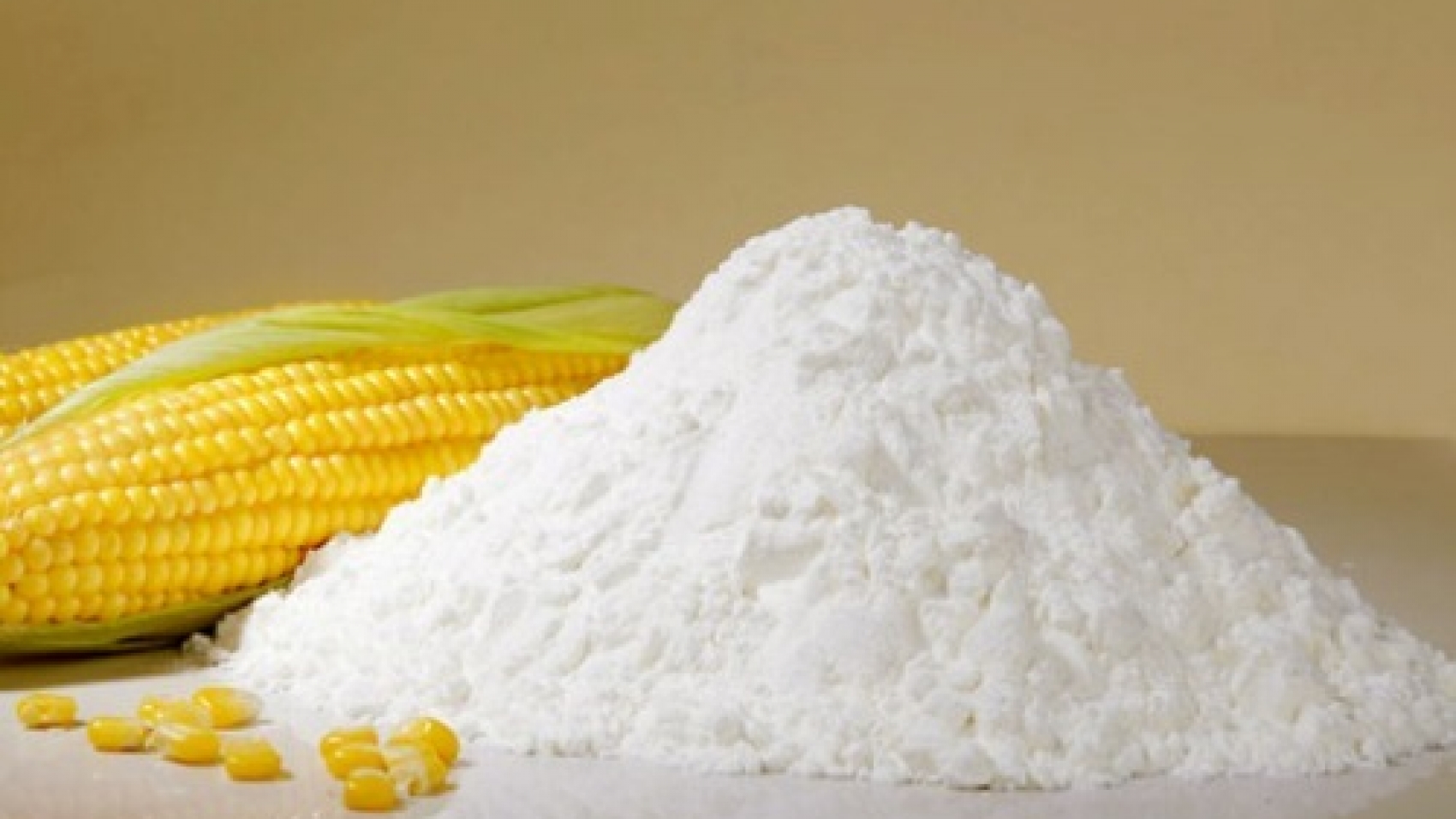There are around 13,350 high-end condominiums in Yangon, and prices have fallen by 10 to 15 percent compared to the previous six months due to weak demand, according to Colliers International (Myanmar), a Canadian-based international real estate services provider, in the third quarter of 2020. By the end of 2018, Rangoon was expected to have 10,553 international standard condominiums, but due to construction delays, there were only around 12330 in the fourth quarter of 2019. Due to declining demand in the market, mid-range and high-end condominiums are selling faster than high-quality and high-end condominiums, and luxury rooms are still more expensive due to demand from the rich. Nearly 3,000 more units are expected to be added in 2018, but most projects have been delayed due to delays.
In the first quarter of 2019, 650 new chapters; 485 new rooms in the second quarter; In the fourth quarter, only 1,250 units entered the market. In 2019, 40% more rooms than in the same period last year. In the fourth quarter of 2019, the number of rooms increased by 11% compared to the previous quarter. In the first quarter of 2020, 730 units entered the market, and in the third quarter of 2020, it reached 13,350 units, an increase of 5.8% compared to the same period last year. By 2020, there will be nearly 30 condominium projects under construction, most of which have been delayed. Despite the market downturn, there will be around 14,000 condominiums by the end of 2020 due to the presence of Southall condominiums. By the end of 2021, it is expected to have around 17,500 rooms.
The condominium purchase rate increased from 57% in the fourth quarter of 2017 to 59.2% in the first quarter of 2018. Third quarter of 2018 58% in the fourth quarter and first quarter of 2019; 53% in the second quarter of 2019; 61% in the fourth quarter of 2019; In the third quarter of 2020, it was 61 percent, and sales of condominiums that did not provide enough parking space were declining. Policy changes in 2016 delayed the operation of high-rise buildings, and as a result, the number of new condominium units in high-rise buildings decreased in the third quarter of 2018. Demand declined from the fourth quarter of 2018 to the second quarter of 2019, and rebounded from the fourth quarter of 2019. In 2016, Colliers estimated that an average of 2,100 condominium units would be produced annually over the next five years, but due to project delays, there will be around 1,600 units in 2016 In 2017, there will be around 900 rooms.
In 2018, around 500 rooms; In 2019, about 3,000 new rooms appeared. The average price of an international standard condominium in Myanmar ranges from over $ 90,000 to around $ 900,000, and in the third quarter of 2020, the average price of the mid-range apartment is around $ 100,000 to $ 200,000. The average prepaid purchase rate increased from 53% in 2016 to 60.5% in 2017; It rose to 85 percent in 2018 and fell to 52 percent in early 2019. It rose to 61 percent by the end of 2019 and 61 percent in the current third quarter of 2020. According to Colliers, 14% of Myanmar’s international standard condominiums are medium-sized; 37% higher than average; High quality 36%; It has a luxury rating of 12%. In the fourth quarter of 2019, the average price per square meter of condominium was $ 1,500; $ 1,800, higher than average; $ 3,300 for high quality; $ 3,700 for luxury.
Source: Daily Eleven

